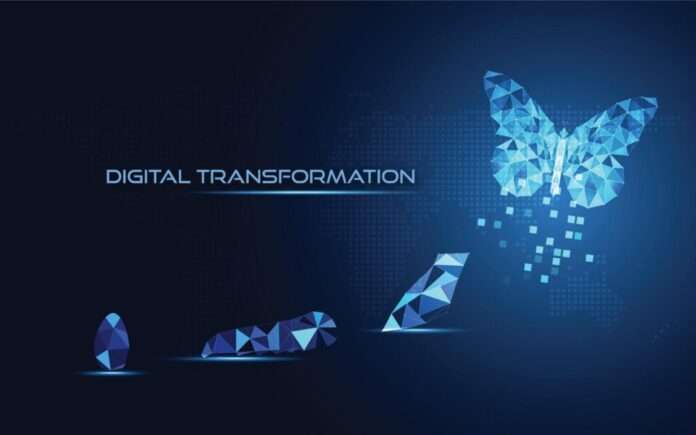The past two years have brought about unprecedented changes in the business world, ranging from alterations in supply chains and interaction patterns to technology use and customer expectations. As a result, companies have been prompted to re-evaluate their IT strategies and digitalization plans. However, amidst all the turmoil, the issue of balancing digital transformation with ongoing operations has become a critical challenge for many organizations.
While digitalization has the potential to reduce costs and increase process throughput, operational efficiency can be compromised due to the level of uncertainty and general turmoil. In this article, we will explore several key steps that can help organizations strike a balance between digital transformation and ongoing operations.
Assessing Potential Efficiency
Before investing in any digital transformation initiatives, it is crucial to conduct a thorough analysis of the potential efficiency gains. While automation can significantly reduce the volume of routine operations and increase production capacity, it should only be pursued in cases where it can solve fundamentally new problems that were previously impossible to tackle by analog methods.
For instance, computer vision technology can quickly and easily categorize visitors by gender, age, and other characteristics, collecting a thousand times more data than employees for further analysis. However, smaller local companies that produce highly specialized products and know all their customers by sight may not benefit from such an automatic visitor categorization system.
Forming a Unified Strategy
Digital transformation involves a fundamental change in processes rather than a set of disparate IT solutions. Therefore, it is essential to develop a unified digital transformation strategy that addresses all aspects of the business, including product, marketing, market positioning, customer communication, organizational structure, and more.
A common challenge is that automation projects often occur independently of each other, resulting in chaos. To avoid this, each line of business should perform its function within a unified strategy, and leaders should understand that a complete digital transformation requires a change in the business model and the conveyance of its value to all employees.
Assembling a Competent Team
A lack of competencies within the team can often lead to the failure of digital transformation initiatives. Therefore, it is essential to have a competent team with the necessary expertise. Many companies fail to introduce a single transformation center into the structure, such as the position of Chief Digital Transformation Officer (CDTO), resulting in disagreements and mistakes. It is also important to note that the IT sector is facing a shortage of staff, and companies need to fight for competent employees in the market.
Speeding up Change Implementation
In highly competitive markets, the speed of the IT department is critical. Therefore, the faster changes need to be implemented, the higher the value of process automation. To ensure the speed of delivery of systems, IT teams must use modern design methods such as Agile and DevOps in all their environments. Moving to a faster operating model can also help companies respond quickly to changes in government regulations and market conditions, allowing them to provide new opportunities to maintain competitive advantages.
Balancing Long-term and Short-term Goals
Organizations need to balance long-term and short-term goals to successfully transform and embrace new capabilities. This is possible if they can support the requirements of today, which remain very dynamic and accurate in their approach, despite the crisis. Companies need to have a clear understanding of what challenges they are facing, what technologies can help solve them, what investments will be needed, how soon they will pay off, and how much financial performance will increase.
Final thoughts
Digital transformation is critical for organizations to remain competitive in today’s business world. However, balancing digital transformation with ongoing operations can be a daunting challenge. Companies must conduct a thorough analysis of potential efficiency gains, develop a unified digital transformation strategy, assemble a competent team, speed up change implementation, and balance long-term and short-term goals to achieve successful digital transformation. ]
By taking these steps, companies can successfully navigate the complexities of digital transformation and position themselves for long-term success. It’s important for organizations to recognize that digital transformation is not just about implementing new technology, but rather a fundamental change in processes and strategies. With the right approach, companies can reap the benefits of digitalization while maintaining operational efficiency and meeting evolving customer demands. By balancing digital transformation with ongoing operations, organizations can not only survive but thrive in today’s dynamic business environment.

